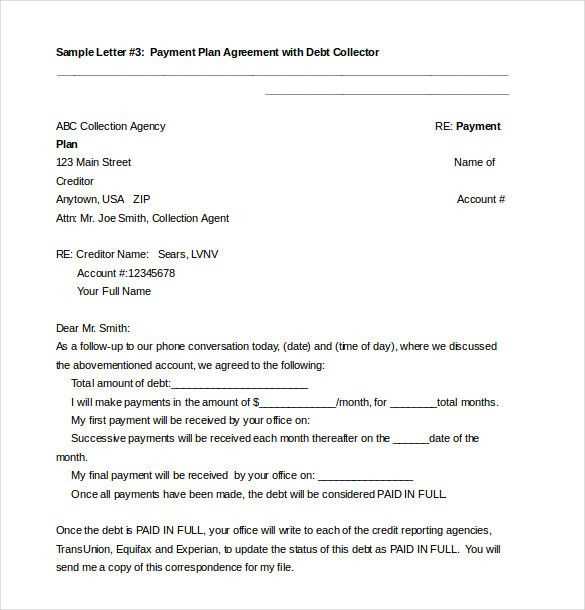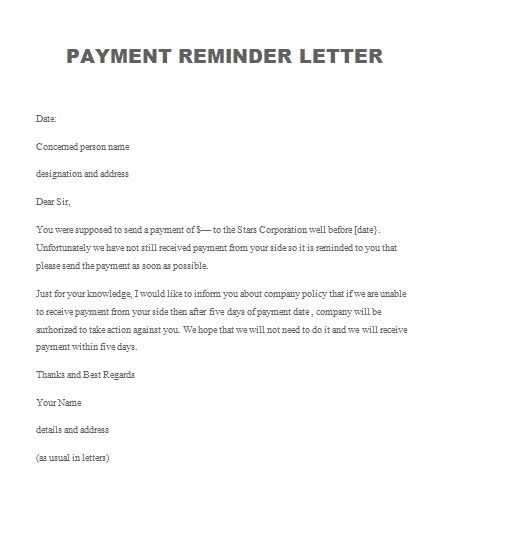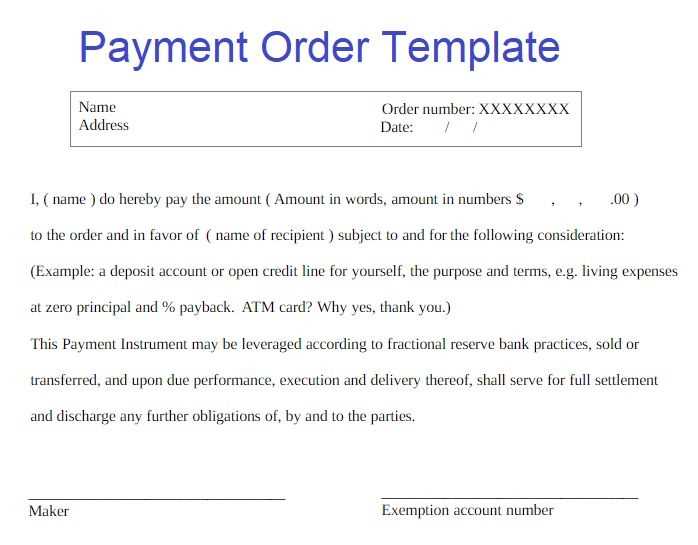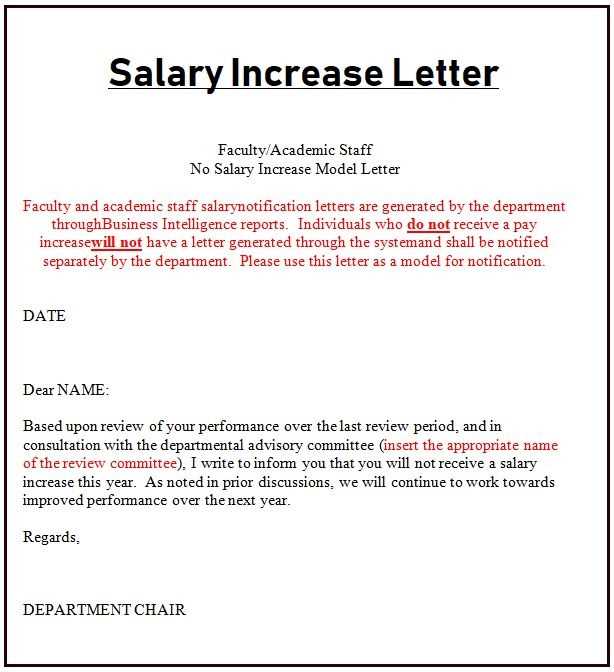Pay Review Letter Template for Professional Communication

Effective communication about compensation modifications is crucial for maintaining a positive relationship between employers and employees. Clear and professional documentation ensures both parties understand the terms and reasons behind the changes. This section focuses on structuring a professional notice to convey pay adjustments in a way that is respectful, transparent, and helpful for the recipient.
Core Elements of an Adjustment Notice
When drafting a document to inform an employee of a salary update, there are several important factors to consider. Each element must be precise and clear to avoid confusion or misunderstandings. Key components include:
- Introduction: Briefly acknowledge the purpose of the communication.
- Details of the Adjustment: Clearly outline the changes, including the amount or percentage increase.
- Reasoning: Explain the rationale behind the decision, whether it is based on performance, market rates, or company policy.
- Next Steps: Provide any necessary instructions, such as when the adjustment will take effect or what actions the employee may need to take.
Customizing Your Message
Personalization is vital for making the communication more relatable and specific to the recipient. Be sure to tailor the content by considering the employee’s role, performance, and contributions. A well-crafted message will help the individual feel valued and appreciated for their work.
Ensuring Transparency and Professionalism
It’s important to maintain a tone that is both respectful and professional throughout the message. Transparency is key to preventing any confusion. Ensure that the language used is clear, avoiding jargon or overly complex terms. This will help the employee understand the adjustment clearly and minimize any potential frustration.
Avoiding Common Pitfalls
While crafting a notice of compensation changes, there are some common errors to avoid:
- Vague language that does not clearly state the changes.
- Failure to explain the reasoning behind the adjustment.
- Overly formal or impersonal language that could make the communication feel cold.
- Neglecting to provide the effective date of the change.
Examples of Effective Communication

To further illustrate, here are examples of well-structured communications for different scenarios:
- Performance-Based Adjustments: “Based on your consistent contributions, we are pleased to offer you a salary increase of 10%, effective from the next pay cycle.”
- Market Rate Adjustments: “In alignment with current industry standards, we are adjusting your salary by 5% to stay competitive with market trends.”
Salary Adjustment Communication Overview

Notifying an employee about changes in their compensation is an essential task that requires clarity, professionalism, and tact. The communication should outline the specifics of the update while maintaining a respectful and transparent tone. This section will focus on the key elements involved in crafting such a message, ensuring it is tailored to the recipient’s needs and the context of the adjustment.
Key Components of the Adjustment Notification

A well-structured document should include certain vital elements. These components ensure that the message is clear and comprehensive, helping both the employer and employee understand the details of the change:
- Clear introduction: Briefly explain the purpose of the message.
- Details of the change: Specify the amount or percentage increase and when it will take effect.
- Rationale: Clearly describe the reason for the adjustment, such as performance or market conditions.
- Instructions: If necessary, provide any actions the employee should take following the update.
Steps to Personalize the Communication
Personalization is essential in ensuring the message resonates with the individual. It is important to address the recipient’s unique contributions, role, and the context behind the compensation change. Customizing the message fosters a sense of appreciation and value, helping the employee feel recognized for their work.
By incorporating these elements and tailoring the communication to the individual, employers can ensure a respectful and effective message that fosters transparency and strengthens the employer-employee relationship.